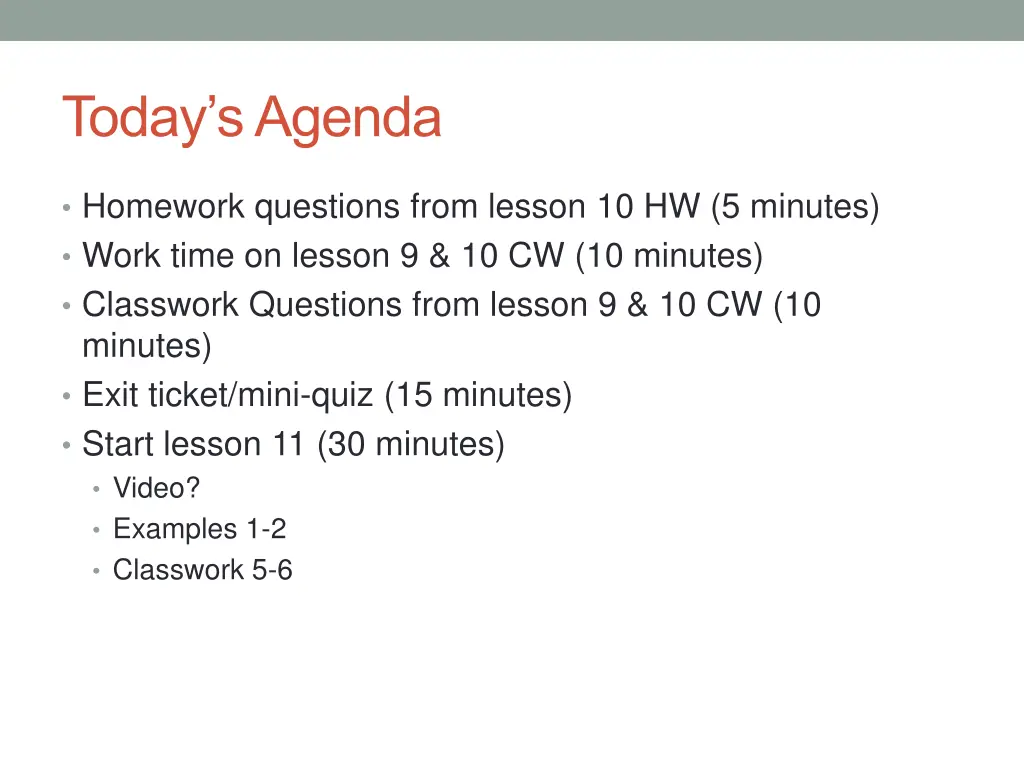
Mastering Scientific Notation and Unit Conversion in Mathematics
Explore the world of scientific notation and unit conversion through engaging examples and exercises. Enhance your math skills with a structured lesson plan covering topics like ratio calculation and national debt analysis. Dive into exciting workshop activities and sharpen your understanding of choosing appropriate units for measurements. Get ready to excel in algebra with in-depth tutorials and practical applications in real-life scenarios.
Download Presentation

Please find below an Image/Link to download the presentation.
The content on the website is provided AS IS for your information and personal use only. It may not be sold, licensed, or shared on other websites without obtaining consent from the author. If you encounter any issues during the download, it is possible that the publisher has removed the file from their server.
You are allowed to download the files provided on this website for personal or commercial use, subject to the condition that they are used lawfully. All files are the property of their respective owners.
The content on the website is provided AS IS for your information and personal use only. It may not be sold, licensed, or shared on other websites without obtaining consent from the author.
E N D
Presentation Transcript
Todays Agenda Homework questions from lesson 10 HW (5 minutes) Work time on lesson 9 & 10 CW (10 minutes) Classwork Questions from lesson 9 & 10 CW (10 minutes) Exit ticket/mini-quiz (15 minutes) Start lesson 11 (30 minutes) Video? Examples 1-2 Classwork 5-6
LESSON 11 Video, examples, workshop
Why Scientific Notation? http://www.youtube.com/watch?v=0fKBhvDjuy0
Example 1 The masses of a proton and electron in scientific notation are: Proton Electron
Example 1 cont. The ratio of the masses of a proton and electron is:
Example 1 cont. How many times heavier is a proton than an electron?
Example 2 As of 2013 the US national debt was $16,755,133,009,522. According to the US census, there were about 313,914,040 Americans. What is each citizens share of the debt?
Workshop Must Do Can Do Classwork exercises 5-6 Khan Academy Algebra practice Test corrections Exit ticket re-do
LESSON 12 Notes, examples, workshop
Choosing Units When measuring a table what units would you use? What wouldn t you use? When measuring a football field what measurements make sense? What don t?
Notes When converting from a smaller unit to a bigger unit of measure (like inches to feet), you divide. When converting from a larger unit to a smaller unit of measure (like feet to inches), you multiply.
Example 1 A certain brand of MP3 player says the maximum number of songs it can hold is 1,000 and the average song length is 4 minutes. Should the time be listed in seconds, days, or years of music?
Example 2 Recall: the mass of a proton is 1.672622 x 10-27 kg and an electron is 9.10938291 x 10-31 kg. These numbers are hard to deal with or compare so scientists use the gigaelectronvolt (GeV/c2) which is equal to 1.783 x 10-27 kg. What is the mass of a proton in gigaelectronvolts?
Example 3 A star is 1.078807 x 1014 km away from the sun. A light year is defined as 9.46073 x 1012 km. How far away is the star in light years?
Example 4 Mass of Mercury = 3.3022 x 1023 kg Mass of Jupiter = 1.8986 x 1027 kg Mass of Earth is in the middle and so scientists defined a new unit: ME = 5.97219 x 1024 kg Rewrite the mass of Mercury and Jupiter in ME.
Workshop Must Do Can Do Classwork exercises 1-4 Conversion practice Khan Academy Algebra practice PARCC task Cheat sheet creation Folder organize
LESSON 13 Examples, workshop
Example 1 Among the galaxies closest to Earth, M82 is 1.15 x 107 light years away and Leo I Dwarf is 8.2 x 105 light years away. Which is closer?
Example 2 Many subatomic particles are unstable. Charged pions have a lifespan of 2.603 x 10-8 seconds and muons live for 2.197 x 10-6 seconds. Which lives longer?
Example 3 Compare 1.815 x 1014 and 1.82 x 1014.
White Board Challenge 1 (5 x 104)2
White Board Challenge 2 (2 x 109)4
White Board Challenge 3 (1.2 x 104)+(2 x 104)+(2.8 x 104) 3
White Board Challenge 4 7 x 1015 14 x 109
White Board Challenge 5 4 x 102 2 x 108
White Board Challenge 6 (7 x 109)+(6 x 109) 2
White Board Challenge 7 (9 x 10-4)2
White Board Challenge 8 (9.3 x 1010) - (9 x 1010)
Workshop Must Do Can Do Lesson 12 classwork 1-4 Lesson 13 classwork exercises 1-6 Conversion practice Khan Academy Algebra practice PARCC tasks on white boards Notes sheet creation Folder organize
